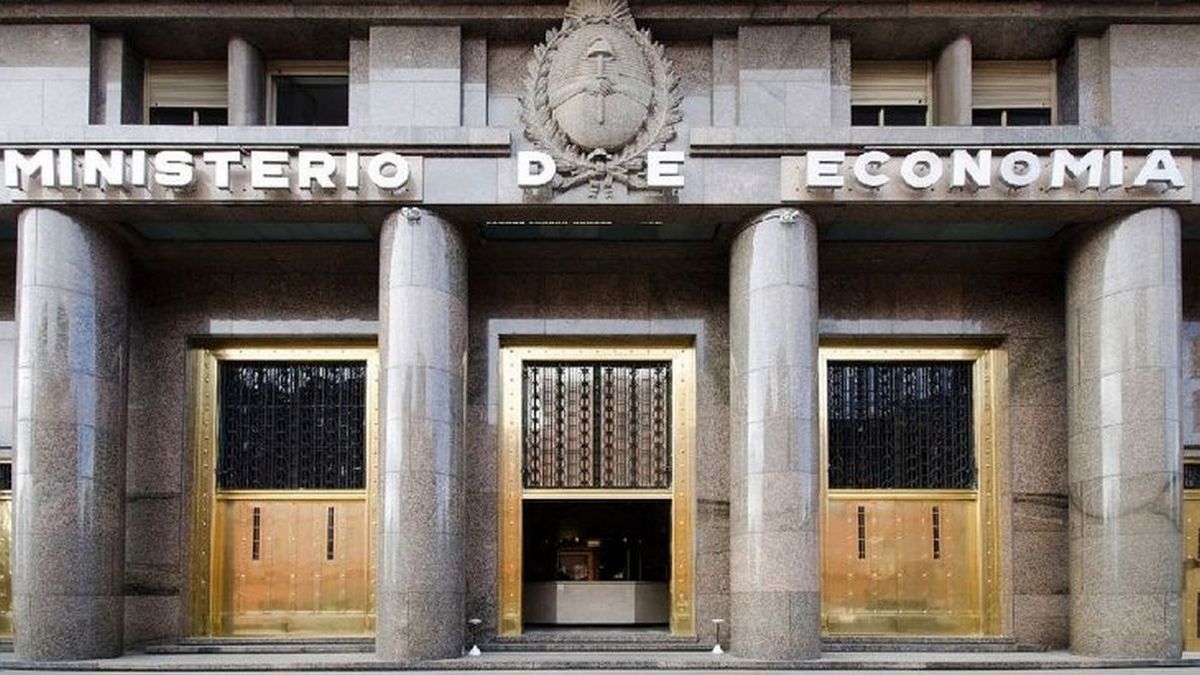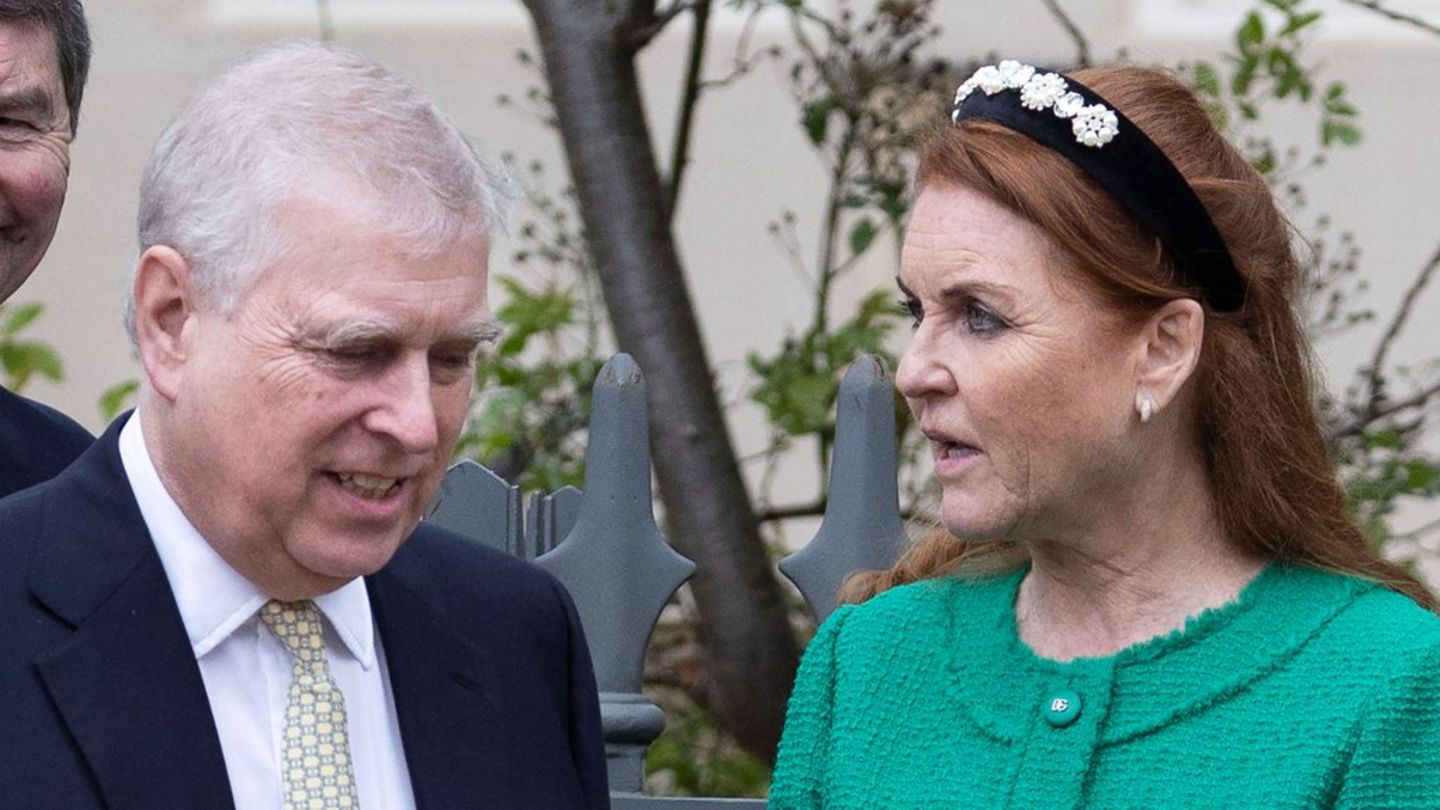The Ministry of Economy placed This Wednesday $1.59 trillion in the first peso debt auction in August. The team of Luis Caputo decided to discard 65% of the offers received and prioritized giving a rate cut signal on the day it became known that July inflation was slightly higher than expected.
Thus, it renewed the maturities scheduled for the next few days and captured a limited $330 billion in additional financingwhich it will use to buy back from the Central Bank some of the public securities it holds in its portfolio.
The Finance Secretariat, which leads Pablo Quirnohad included seven instruments in the menu of this tender: three fixed-rate capitalizable bills (LECAP), two inflation-linked bonds (BONCER) and two indexed to the official exchange rate (dollar linked).
At the auction, it received bids from investors totaling $4.45 billion. However, Officials decided to declare the placement of six of the seven titles void and allocate only $1.59 billion in the new LECAP by June 2025the only letter that had gone out to tender with a predefined rate floor of 3.95%. Precisely in percentage, the effective monthly rate (TEM) was cut.
“In line with the lowering of inflation expectations, a reduction in the nominal rate was achieved with an improvement in the maturity profile. In this way, it was decided to leave the rest of the instruments offered vacant,” Quirno emphasized through his X account after the closing of the operation.
In short, the Ministry of the Economy took advantage of the fact that this tender had fewer maturities than the next one to take only 35% of the financing offered by the market and send a rate cut signal (in the previous auction, the longest LECAP, in March, had been placed at 4.5% TEM) which reinforces expectations of a slowdown in inflation that had resulted in a compression of yields in pesos in the secondary market in recent weeks.
Not by chance The decision coincided with the publication of the consumer price index (CPI) of July by the INDEC. The CPI, finally, rose 4%, slightly above the 3.9% that the last BCRA Market Expectations Survey had shown and the 3.7% that the monetary authority itself had projected.according to the presentation made by its vice president, Vladimir Werning.
“Post inflation data, we saw a lot of selling of LECAP in March (on the secondary market). Probably a lot of speculative buyers with a good piece of data that, not being what they expected, returned the intraday purchase. Despite this, the LECAP for March still ends positive at 0.2%,” he commented. Nicolas Cappella, from IEB.
According to him, investors’ decisions in the coming days regarding whether to position themselves in CER or fixed rate “will come from high-frequency data from August and speculation on future inflation data.” The Government is seeking to influence these speculations, showing that it was able to place what it needed in this tender in a ten-month bond with a fixed rate of 3.95% per month.
Debt and repurchase from the BCRA
The maturities to be renewed on this occasion amounted to $1.26 billion, corresponding mostly to a LECAP and a small portion to the interest on a BONCER that expires in 2025. On the other hand, towards the end of the month, in the next tender, the Ministry of the Economy will have to renew commitments for close to $4 billion (between a LECAP and a Dual Bond).
However, the amount placed this Wednesday allowed him to obtain a Net funding of around $330 billion. That surplus over the commitments to be settled will be used again to buy back Treasury bonds from the BCRA that it has in its portfolio, according to Quirno, with the aim of “continuing with the cleanup of its balance sheet.”
Looking ahead, the maturity profile for the remainder of the year becomes challenging for the treasury. After the migration of the BCRA’s remunerated liabilities to Treasury debt, Commitments to be renewed exceed $34 billion between August and DecemberSeptember is the busiest month, with payments of $14.07 billion. According to the latest monthly report from Eco Go, this framework is one of the signs that the financial program continues to be dependent on the exchange rate restrictions.
image.png
Source: Ambito
I am a 24-year-old writer and journalist who has been working in the news industry for the past two years. I write primarily about market news, so if you’re looking for insights into what’s going on in the stock market or economic indicators, you’ve come to the right place. I also dabble in writing articles on lifestyle trends and pop culture news.




